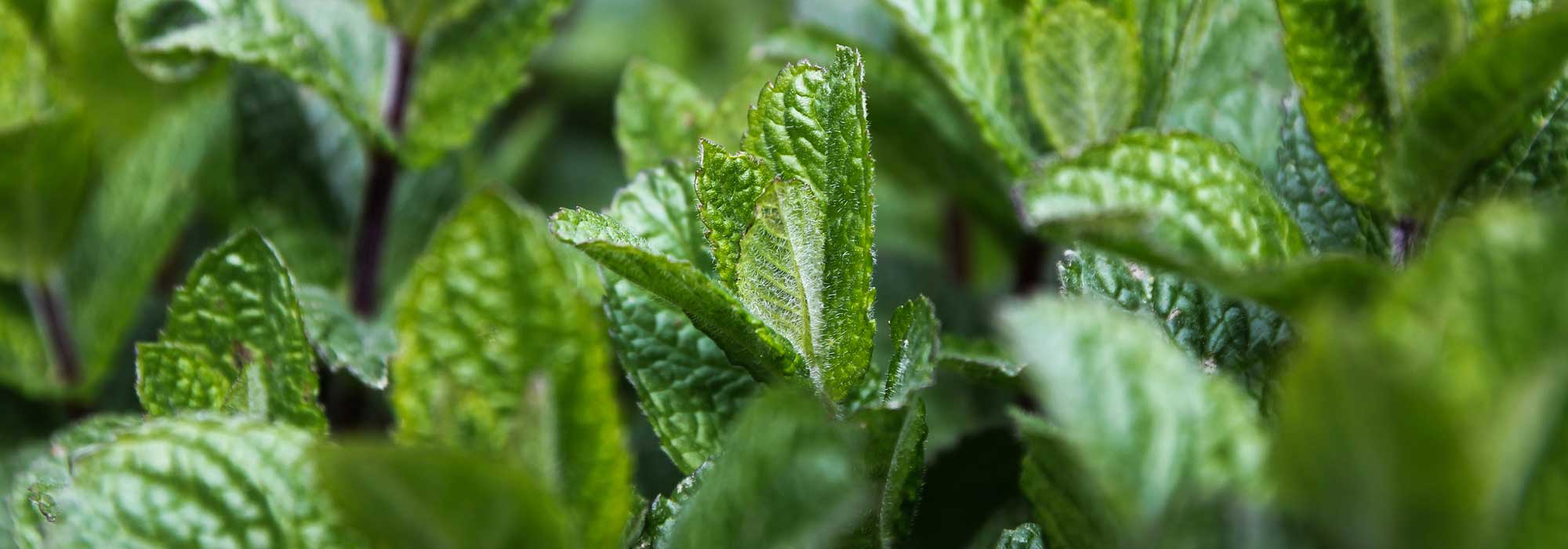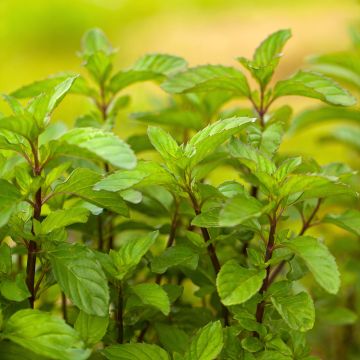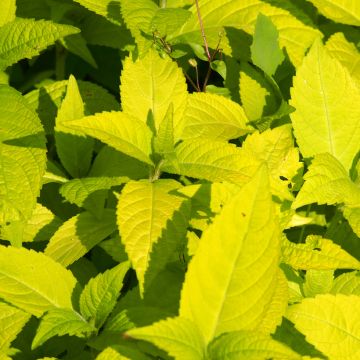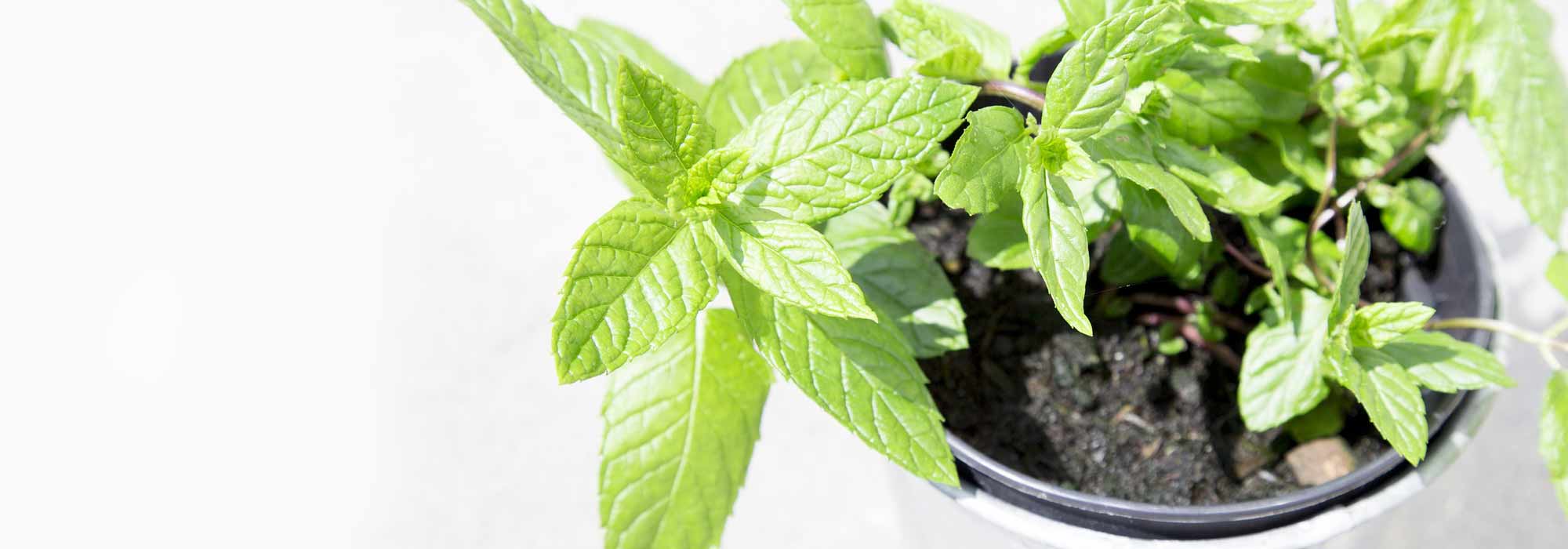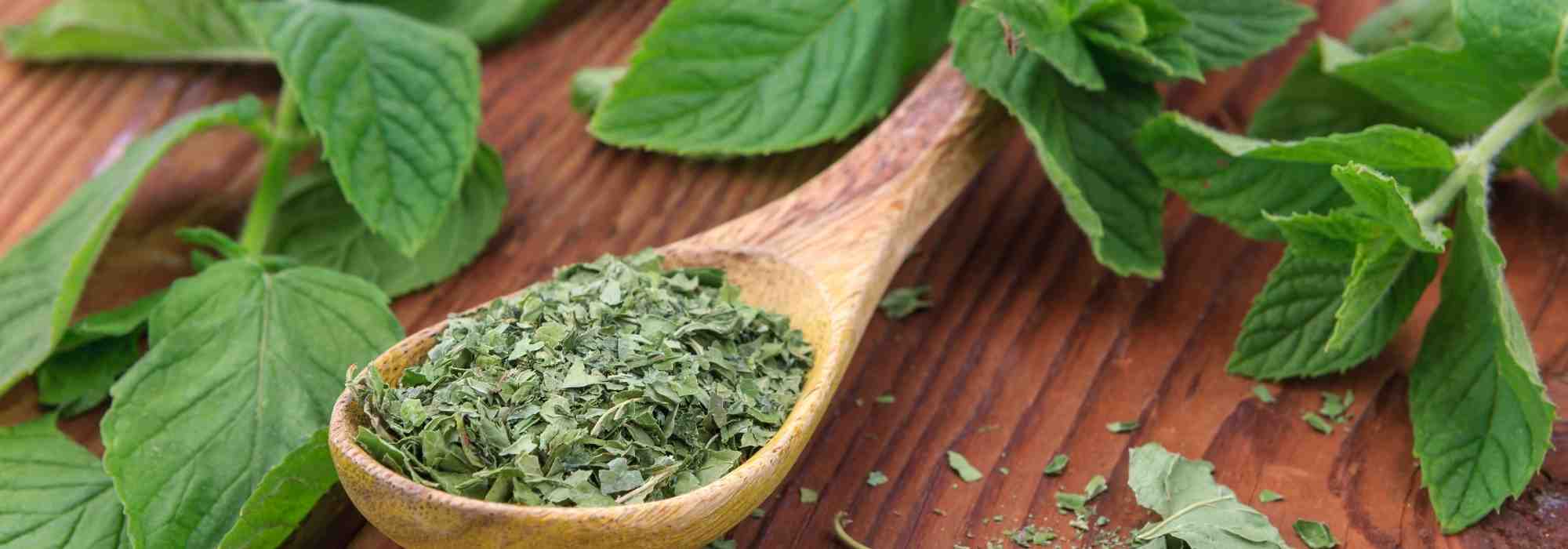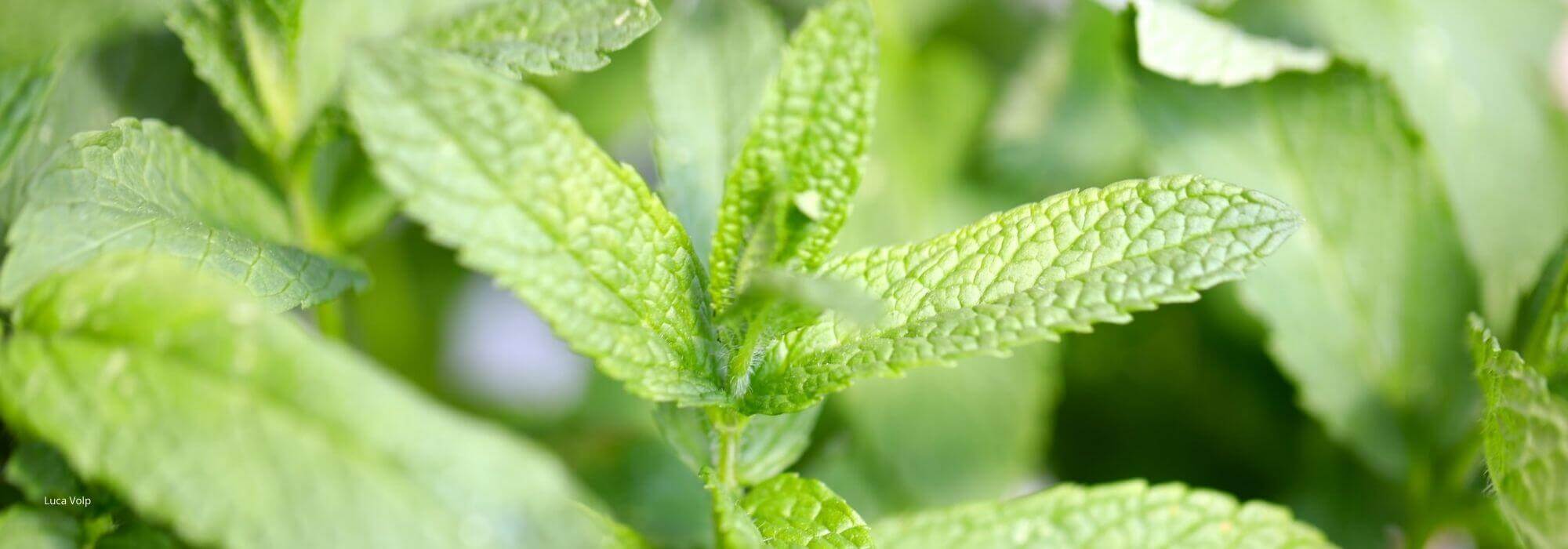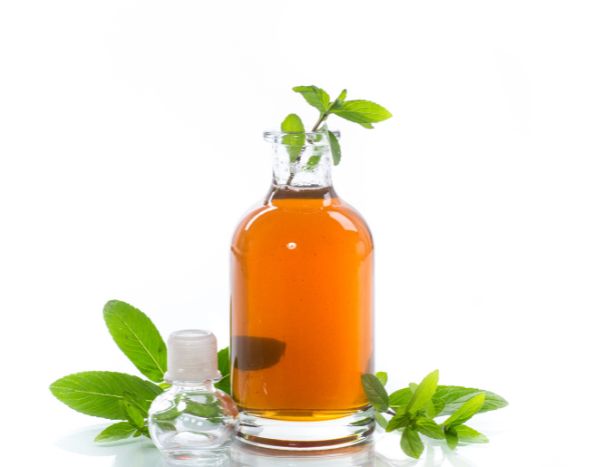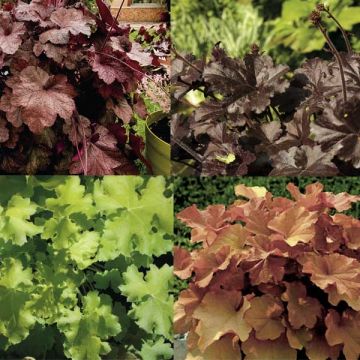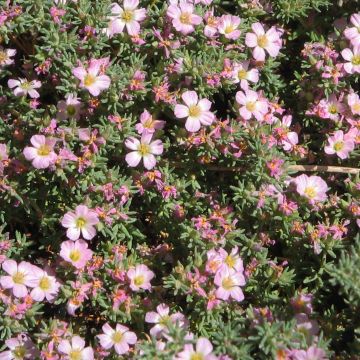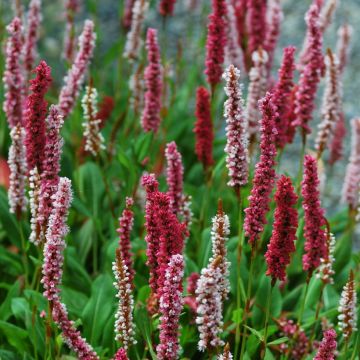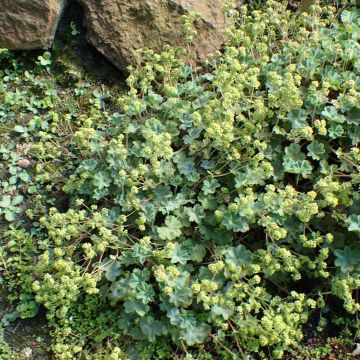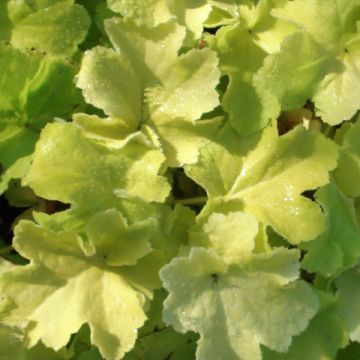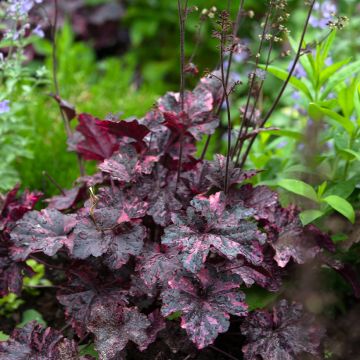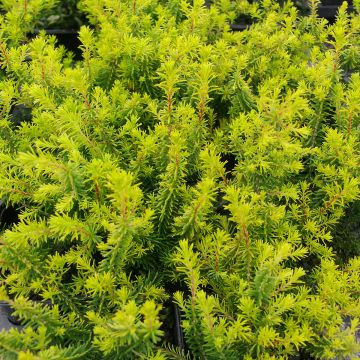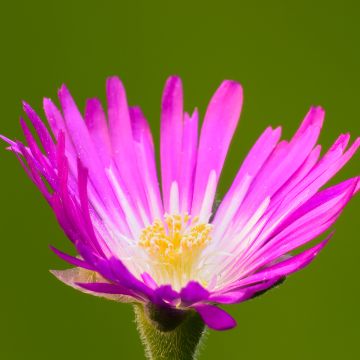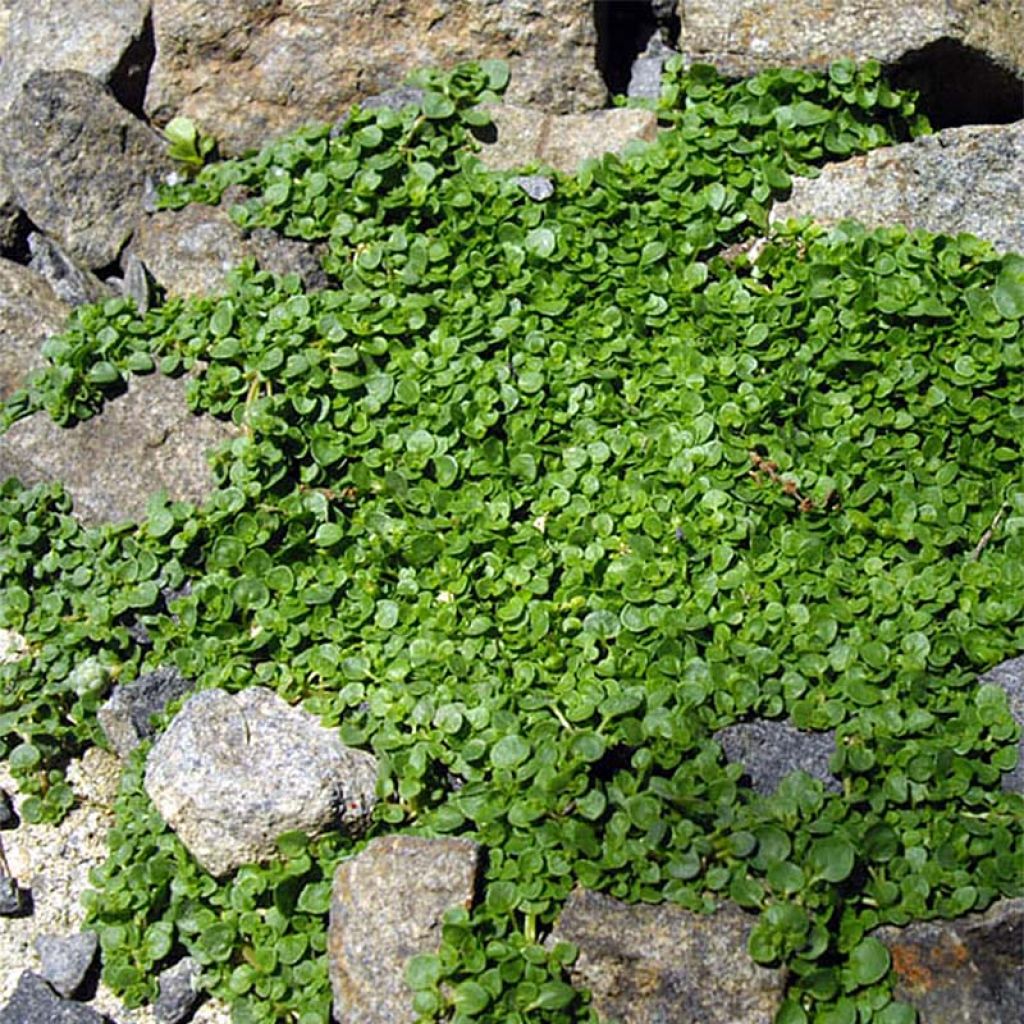

Mentha requienii - Mint
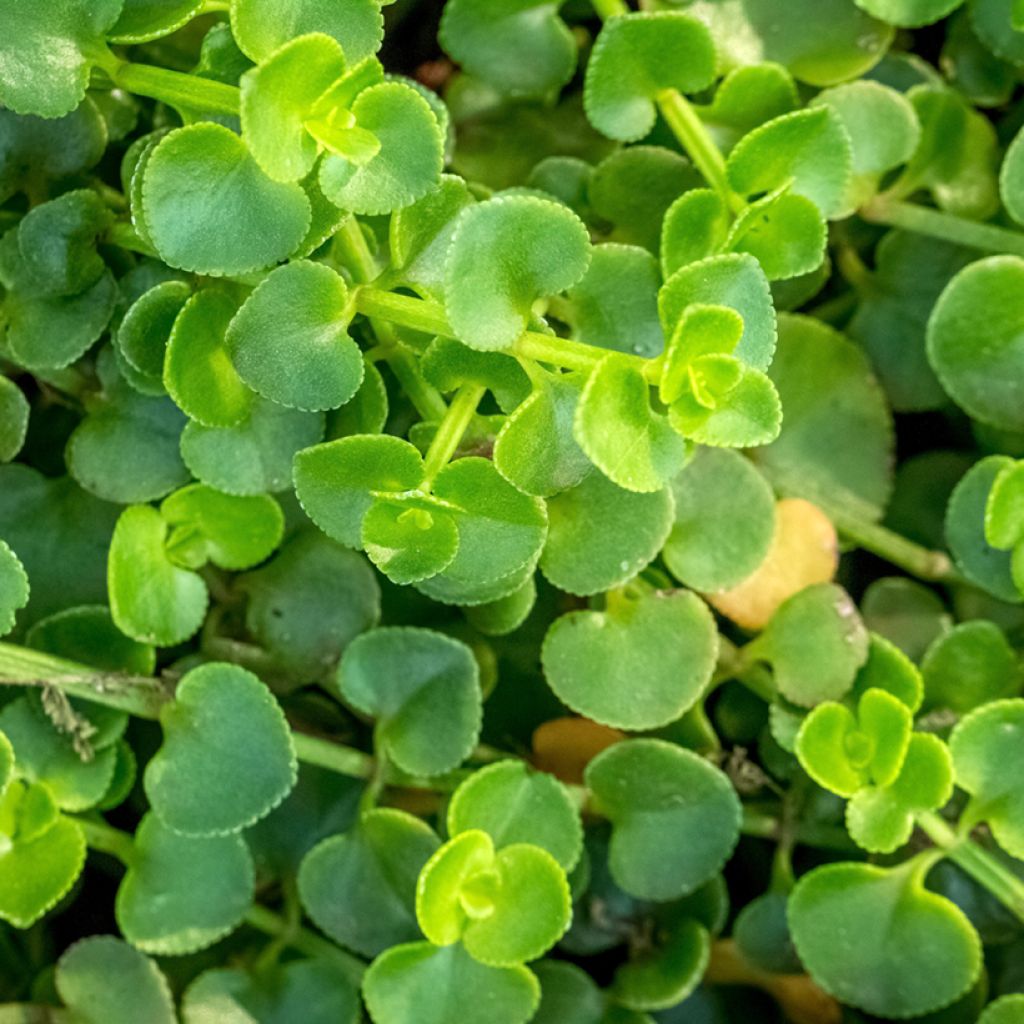

Mentha requienii - Mint
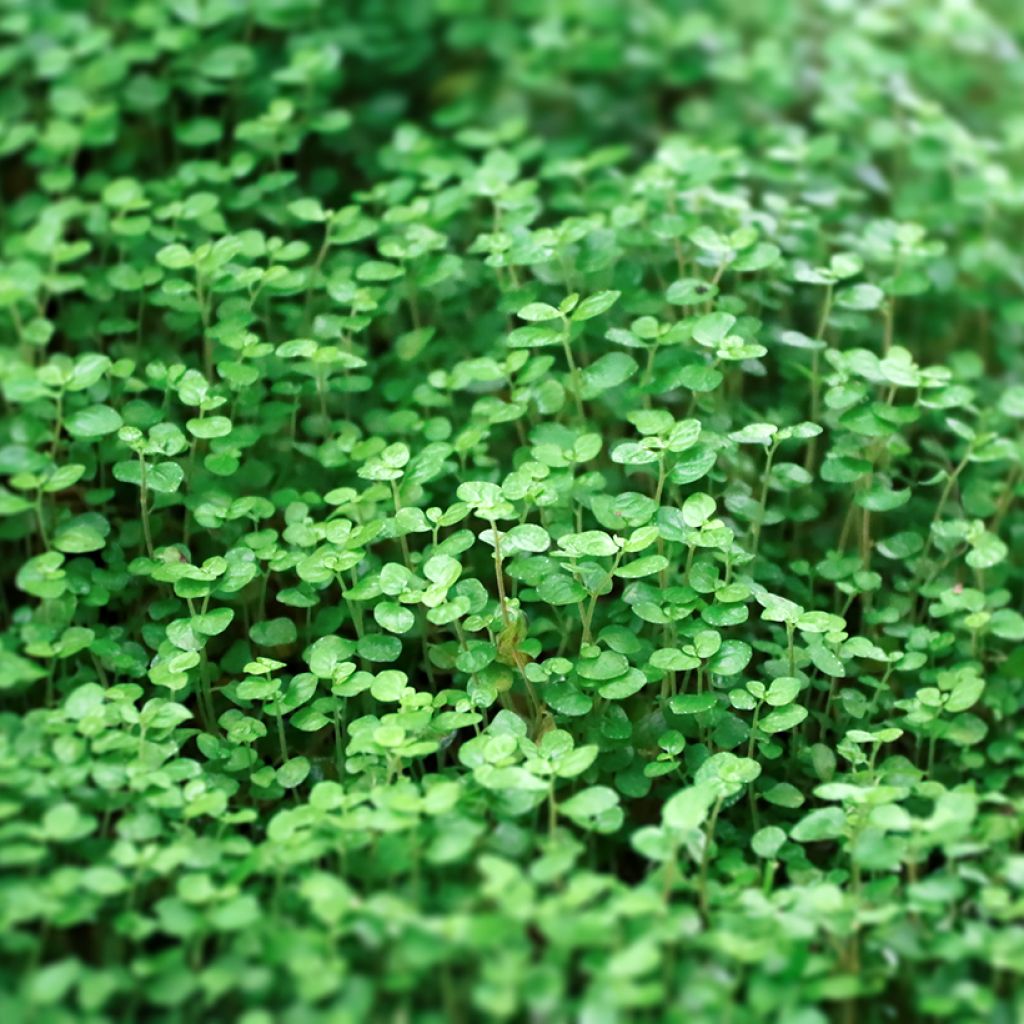

Mentha requienii - Mint
View more pictures
Hide images
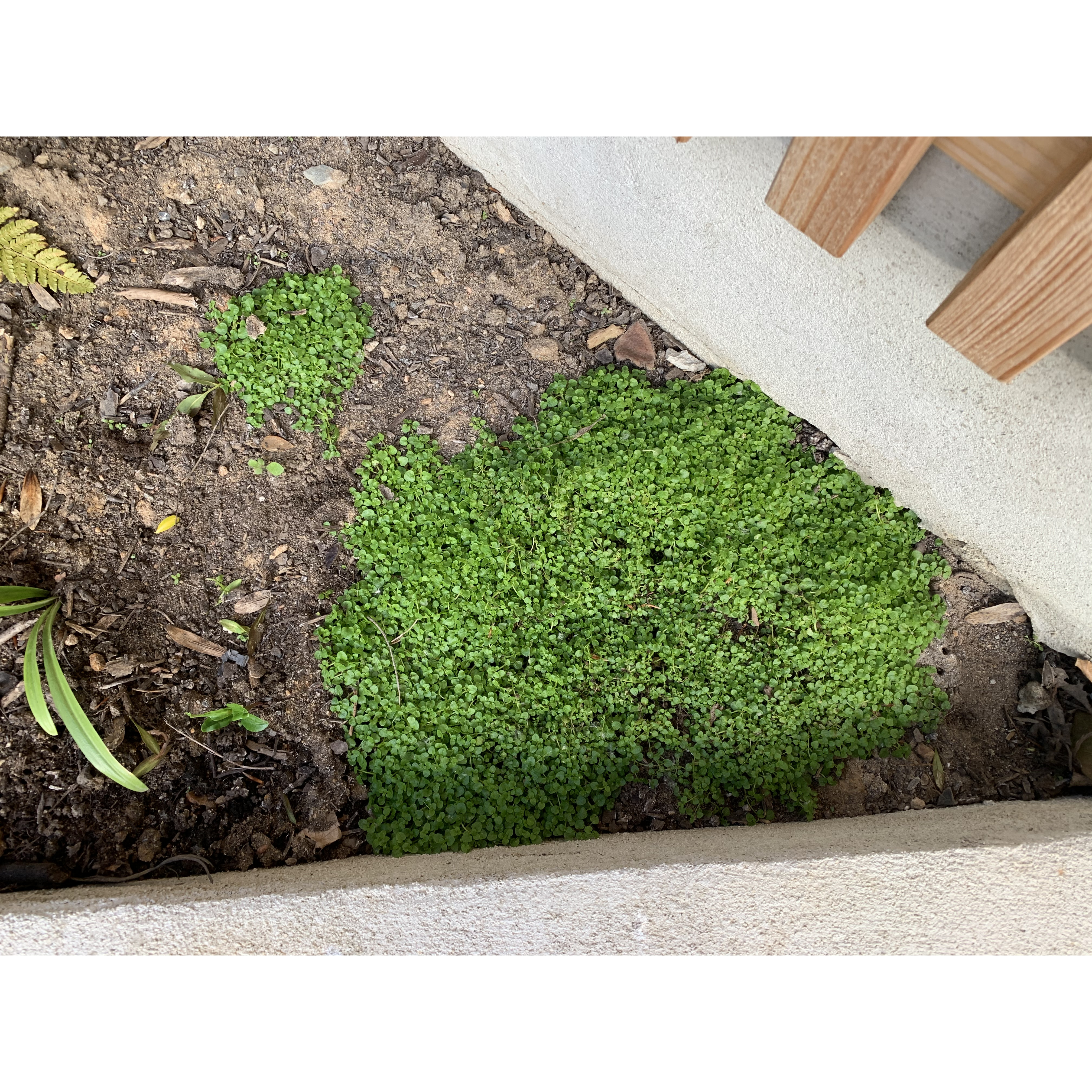
Anna F.

Dwarf or Corsican mint.
Anna F. • 49 FR
Mentha requienii - Mint
Mentha requienii
Corsican mint
The mint arrived in poor condition, completely out of its pot and eventually withered away.
Albert, 07/10/2025
Special offer!
Receive a €20 voucher for any order over €90 (excluding delivery costs, credit notes, and plastic-free options)!
1- Add your favorite plants to your cart.
2- Once you have reached €90, confirm your order (you can even choose the delivery date!).
3- As soon as your order is shipped, you will receive an email containing your voucher code, valid for 3 months (90 days).
Your voucher is unique and can only be used once, for any order with a minimum value of €20, excluding delivery costs.
Can be combined with other current offers, non-divisible and non-refundable.
Home or relay delivery (depending on size and destination)
Schedule delivery date,
and select date in basket
This plant carries a 12 months recovery warranty
More information
We guarantee the quality of our plants for a full growing cycle, and will replace at our expense any plant that fails to recover under normal climatic and planting conditions.
Would this plant suit my garden?
Set up your Plantfit profile →
Description
Mentha requienii, also known as Corsican mint, is a creeping, semi-evergreen perennial plant that prefers shade and moist soil. It forms a very low carpet composed of tiny round leaves with a light green colour, emitting a sweet and strong scent of peppermint. The flowering occurs throughout summer, with small pink-purple rounded flowers that sit on its foliage. This semi-hardy plant can tolerate light foot traffic and looks stunning in the gaps between paving stones. It self-seeds abundantly but remains easy to control.
It belongs to the Lamiaceae family. It is native to damp areas in mountainous Mediterranean regions, mainly in Corsica, but also in Sardinia, on the island of Montecristo, and in Portugal. It is an aromatic herbaceous and creeping species without rhizomes, with stems spreading up to 40cm (16in) but not exceeding 1cm (0.4in) in height. The lilac, mauve-pink, and translucent flowers boast pearly reflections. They bloom in small axillary clusters of 2 to 6 flowers, which are spaced out and quite loose. The flowers are tiny, densely packed, and tubular. The stems are thread-like, prostrate and creeping, and bear tiny leaves measuring 3 to 5mm in length. They are petiolate, ovate, entire, sparsely hairy or almost glabrous. They have a light and vibrant green colour and their persistence varies depending on the severity of the winter. The plant can withstand temperatures as low as -6°C (21.2°F).
Corsican mint thrives in moist soil and shady areas. In the garden, it can be used in certain habitats such as a cool understory, with plants such as corydalis, bleeding hearts, Soleirolia soleirolii, Hakonechloa or Japanese forest grass, Alchemilla mollis, or Pulmonaria 'Blue Ensign'. It is particularly enhanced by the proximity of stones and easily finds its way between paving stones or mossy rocks. Moderate foot traffic, for example, when planted between the slabs of a pathway, will not endanger its survival. It grows very well in pots, allowing it to be placed at nose level to enjoy its fragrance and be brought indoors during severe frosts. In the vegetable garden, Corsican mint, like pennyroyal mint, has the reputation of enhancing the flavour of cabbages while protecting the crops from certain pests.
In cooking, the leaves are used to make infusions or flavour alcoholic beverages, such as the famous 'Crème de Menthe'. Its scent effectively repels mice and rats. You can always try scattering handfuls of foliage where these small mammals are active.
Mentha requienii - Mint in pictures
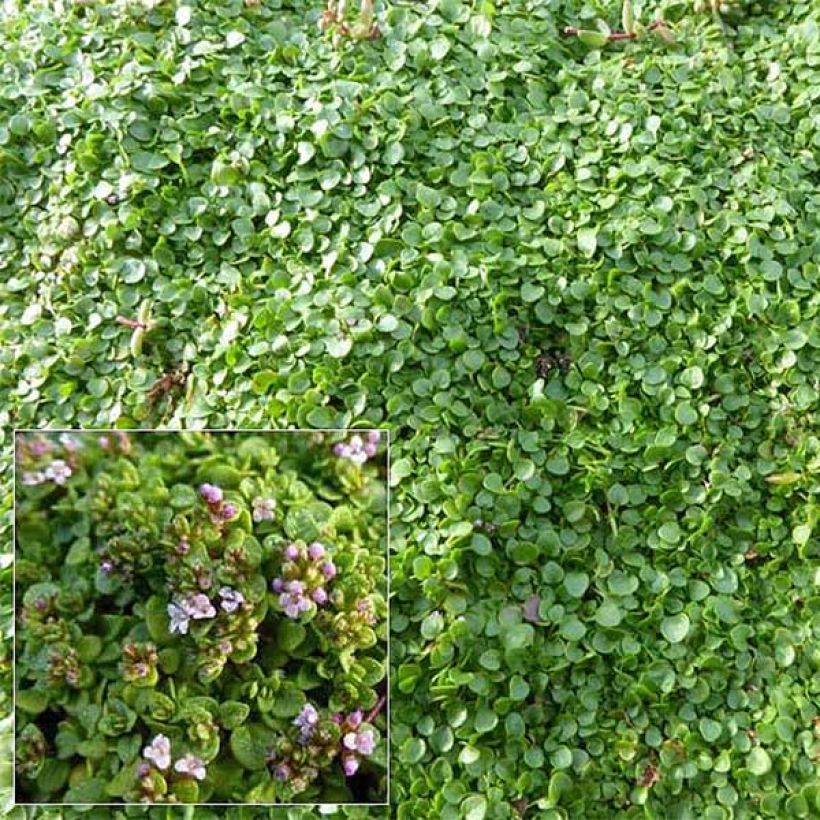



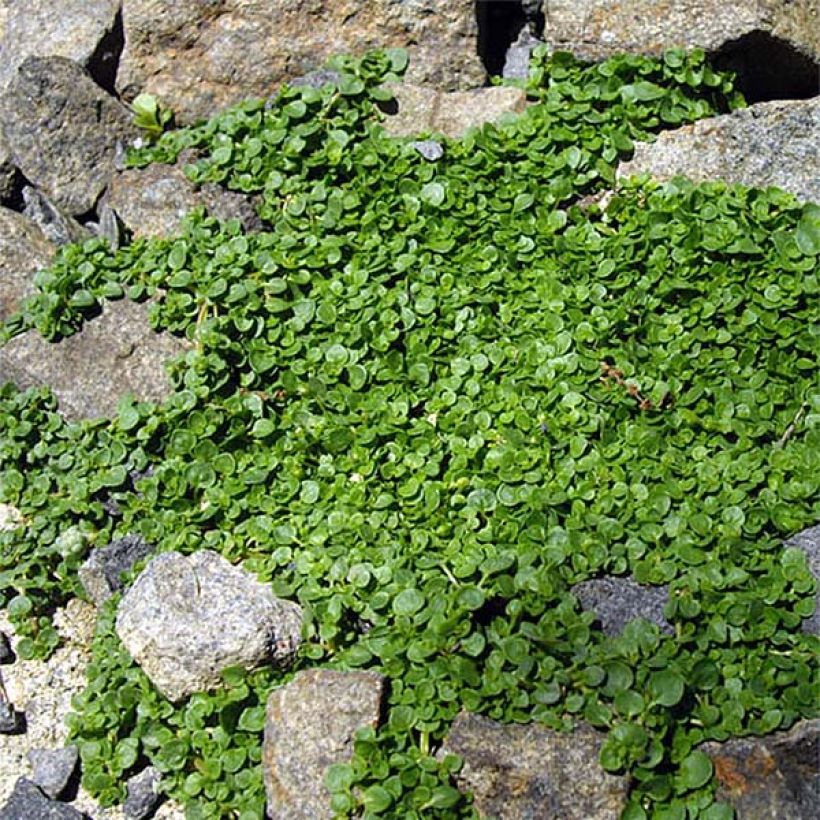

Flowering
Foliage
Plant habit
Botanical data
Mentha
requienii
Lamiaceae
Corsican mint
Mediterranean
Other Mint
View all →Planting and care
Corsican mint grows in full sun or partial shade, in any rich, moist, and well-drained soil. Hardy down to -6°C (21.2°F), it can be planted in the ground in mild regions. In colder climates, grow it in a pot or container.
Planting period
Intended location
Care
Planting & care advice
-
, onOrder confirmed
Reply from on Promesse de fleurs
Similar products
Haven't found what you were looking for?
Hardiness is the lowest winter temperature a plant can endure without suffering serious damage or even dying. However, hardiness is affected by location (a sheltered area, such as a patio), protection (winter cover) and soil type (hardiness is improved by well-drained soil).

Photo Sharing Terms & Conditions
In order to encourage gardeners to interact and share their experiences, Promesse de fleurs offers various media enabling content to be uploaded onto its Site - in particular via the ‘Photo sharing’ module.
The User agrees to refrain from:
- Posting any content that is illegal, prejudicial, insulting, racist, inciteful to hatred, revisionist, contrary to public decency, that infringes on privacy or on the privacy rights of third parties, in particular the publicity rights of persons and goods, intellectual property rights, or the right to privacy.
- Submitting content on behalf of a third party;
- Impersonate the identity of a third party and/or publish any personal information about a third party;
In general, the User undertakes to refrain from any unethical behaviour.
All Content (in particular text, comments, files, images, photos, videos, creative works, etc.), which may be subject to property or intellectual property rights, image or other private rights, shall remain the property of the User, subject to the limited rights granted by the terms of the licence granted by Promesse de fleurs as stated below. Users are at liberty to publish or not to publish such Content on the Site, notably via the ‘Photo Sharing’ facility, and accept that this Content shall be made public and freely accessible, notably on the Internet.
Users further acknowledge, undertake to have ,and guarantee that they hold all necessary rights and permissions to publish such material on the Site, in particular with regard to the legislation in force pertaining to any privacy, property, intellectual property, image, or contractual rights, or rights of any other nature. By publishing such Content on the Site, Users acknowledge accepting full liability as publishers of the Content within the meaning of the law, and grant Promesse de fleurs, free of charge, an inclusive, worldwide licence for the said Content for the entire duration of its publication, including all reproduction, representation, up/downloading, displaying, performing, transmission, and storage rights.
Users also grant permission for their name to be linked to the Content and accept that this link may not always be made available.
By engaging in posting material, Users consent to their Content becoming automatically accessible on the Internet, in particular on other sites and/or blogs and/or web pages of the Promesse de fleurs site, including in particular social pages and the Promesse de fleurs catalogue.
Users may secure the removal of entrusted content free of charge by issuing a simple request via our contact form.
The flowering period indicated on our website applies to countries and regions located in USDA zone 8 (France, the United Kingdom, Ireland, the Netherlands, etc.)
It will vary according to where you live:
- In zones 9 to 10 (Italy, Spain, Greece, etc.), flowering will occur about 2 to 4 weeks earlier.
- In zones 6 to 7 (Germany, Poland, Slovenia, and lower mountainous regions), flowering will be delayed by 2 to 3 weeks.
- In zone 5 (Central Europe, Scandinavia), blooming will be delayed by 3 to 5 weeks.
In temperate climates, pruning of spring-flowering shrubs (forsythia, spireas, etc.) should be done just after flowering.
Pruning of summer-flowering shrubs (Indian Lilac, Perovskia, etc.) can be done in winter or spring.
In cold regions as well as with frost-sensitive plants, avoid pruning too early when severe frosts may still occur.
The planting period indicated on our website applies to countries and regions located in USDA zone 8 (France, United Kingdom, Ireland, Netherlands).
It will vary according to where you live:
- In Mediterranean zones (Marseille, Madrid, Milan, etc.), autumn and winter are the best planting periods.
- In continental zones (Strasbourg, Munich, Vienna, etc.), delay planting by 2 to 3 weeks in spring and bring it forward by 2 to 4 weeks in autumn.
- In mountainous regions (the Alps, Pyrenees, Carpathians, etc.), it is best to plant in late spring (May-June) or late summer (August-September).
The harvesting period indicated on our website applies to countries and regions in USDA zone 8 (France, England, Ireland, the Netherlands).
In colder areas (Scandinavia, Poland, Austria...) fruit and vegetable harvests are likely to be delayed by 3-4 weeks.
In warmer areas (Italy, Spain, Greece, etc.), harvesting will probably take place earlier, depending on weather conditions.
The sowing periods indicated on our website apply to countries and regions within USDA Zone 8 (France, UK, Ireland, Netherlands).
In colder areas (Scandinavia, Poland, Austria...), delay any outdoor sowing by 3-4 weeks, or sow under glass.
In warmer climes (Italy, Spain, Greece, etc.), bring outdoor sowing forward by a few weeks.






























